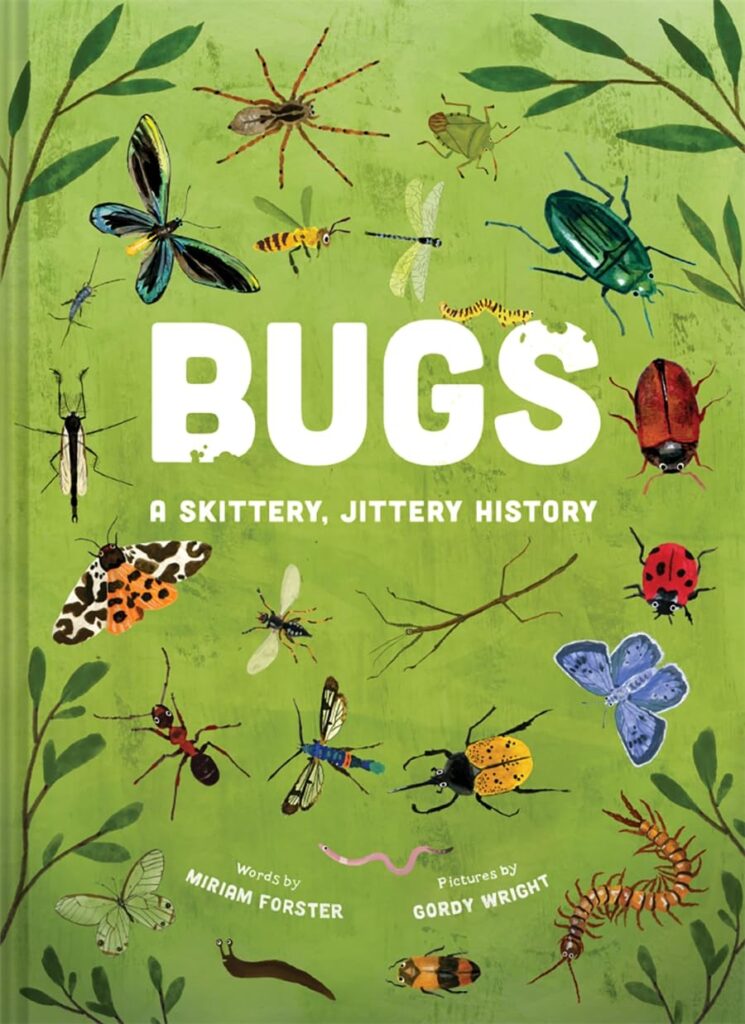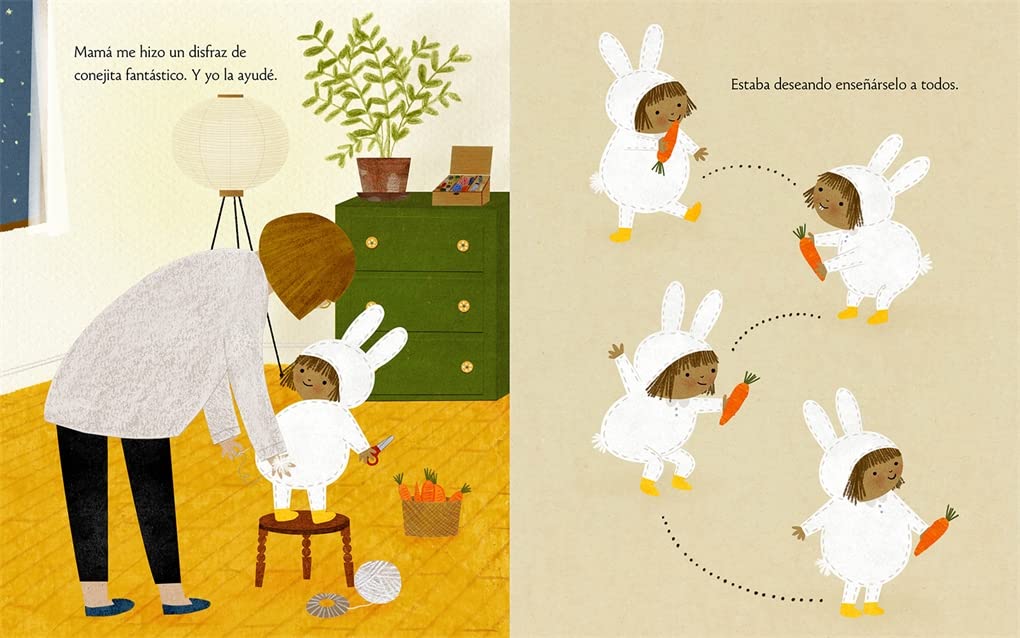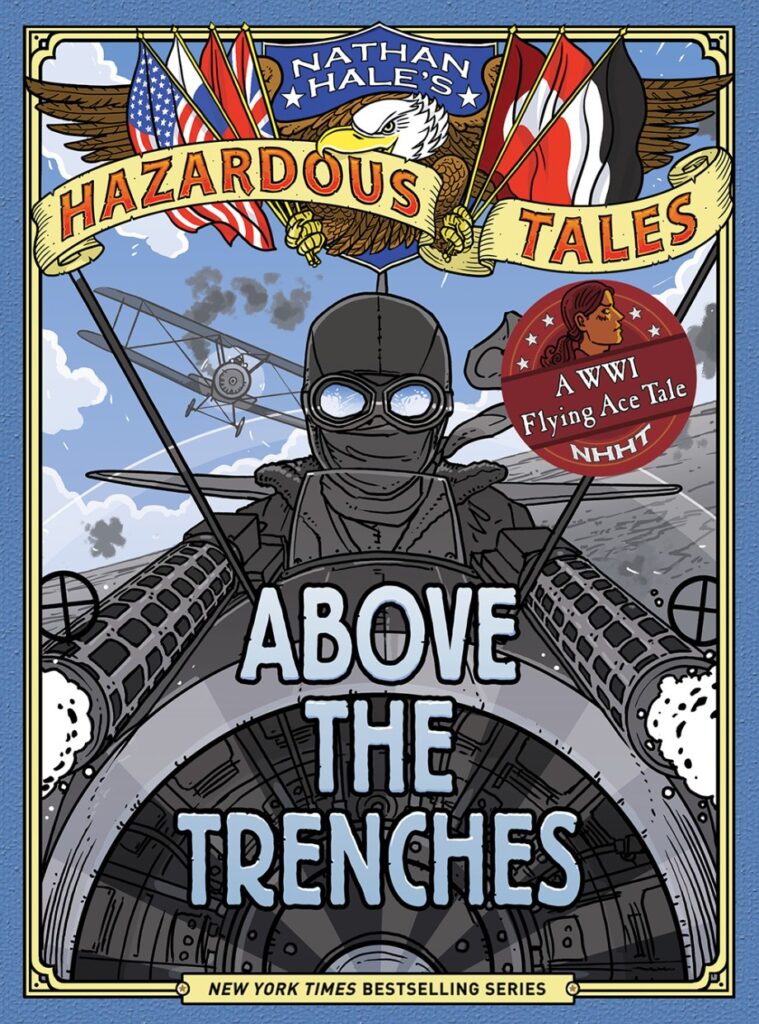Find Out About is a book series by Martin Jenkins with illustrations by Jane McGuinness that focus on certain aspects or characteristics of animals.They’re soft, entry-level books about Animal Babies, Animal Homes an Animal Camouflage, with the fourth book being, Animal Tools. All of these use the same gentle, easy-to-follow nature book template that shows young ages an example, and uses font in two different sizes to drive it home. It’s a read-aloud book that will keep those pre-K kids quiet and the K and first grade students chiming in with their own examples of animal tools.



















 Facebook
Facebook Twitter
Twitter Flickr
Flickr GooglePlus
GooglePlus Youtube
Youtube